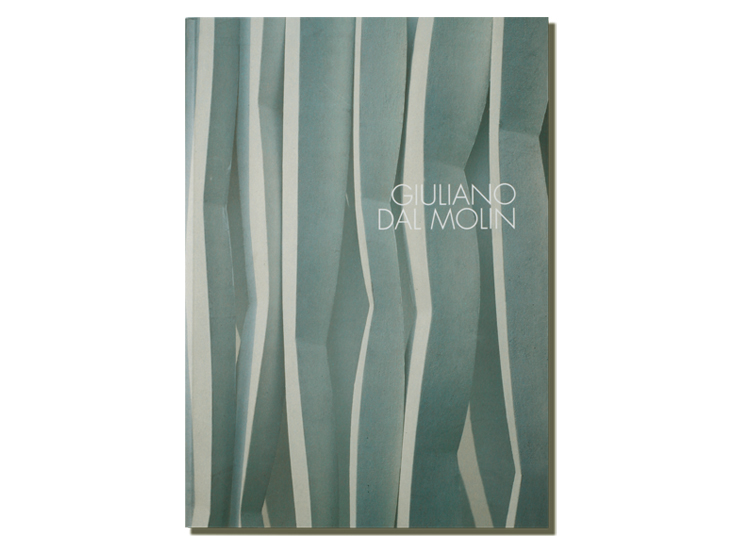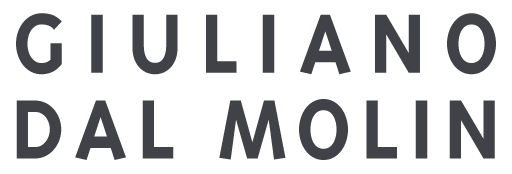
A little more buzz, the noise of life enters. It is like the shutters of a room allowing rays of light to penetrate through, when outside it is day but those inside crave the quiet and silence of the dark. You have to let some time pass. Stay crouched down. Recover yourself. Re-enter. And let the kaleidoscopic succession of forms, colours and sounds slip by.
Sneak away from the marché aux puces and its thousands of sprawling seductions. And close your eyes. Without seeking anywhere to lean on. Without extending your hands. It is like preparing to follow a ritual. Even though it is a personal act, sacred. We are at the entrance to a secular temple. This is perhaps the only way to get close. The only attempt to try to enter. Perhaps the only one allowed by those who have obstinately constructed-enclosed these places with a very long search. It would be a betrayal not to go this way. It would be violating a work. It would be not respecting a desire. It would, above all, be not understanding. This time, the logic of fast-food with the usual instantaneous interest, the usual yawn, the usual packaged smile does not work. This time, and it is almost an imposition, we are invited to leave our well-defined space, our coordinates, our formal prejudices. To leave firstly for vast transitory territories, only then to land in island areas, protected by the dense wadding that surrounds them. We are in the places of Giuliano Dal Molin. We are in his white lands, where monochrome temples rise up. But where to begin? It is a mistake, it seems, to begin. “Beginnings are always unknowable, if you find something, then it is already pierced by the pin”.
So the instructions for use considered above would suffice or, if you prefer, the short instructions for approaching or informative notes, on the sidelines of a work. These few lines would suffice, in fact, it would only take two words, or fewer, or maybe none, but they would be valid for everyone and everything. A hermetic would say that the great “director is busy and sick, squirreled away who knows where and nobody can replace him”. That’s how it is and there is no need to go further. The word then proceeds gropingly, seeking to raise a layer with some adjectives, to peek between the concepts with some infinity, placed there a bit like binoculars, to find the right combination. It is almost all in vain. The places of Dal Molin already render it completely. And without conceptual hesitations. I call the works of Dal Molin places. It is the correct choice. It is the exact definition of his works. It is what he says about them. Them, (personal pronoun) …they are places. But where are they in the geography of spaces? Apparently always and continuously different, always and continuously changing. Apparently because they are not objects, they are not things. They are simply (again an adverb) absolute forms. When a form is absolute, it exhausts within itself all relationships. It absorbs the space that is around it, recreating it. It is as if it were in a pneumatic vacuum. The forms of Dal Molin cut themselves out with precise external lines, elementary in their primacy. Those lines made sharp by the light; they are, however, the exact reason to investigate what the line itself seeks in the perfect internal geometry of the space that it establishes, of the reason that it creates, of the life that it organises. And it is that line, so innocuous, so tranquil, that becomes the resolver of the search that the artist so obstinately pursues but redeeming spirituality that rejects a tonal and conceptual system of strict contingency to focus on “universal” values.
The outlines appear solid, fixed, strong, but in reality they reveal a boundless restlessness. A complex game of thrusts and counter-thrusts come alive on the surfaces in incessant structural battles on an open field. And so violent explosions, paroxysmal chromatic eruptions arise. The powdery material becomes saturated in spasms, in strong contractions generated by a vitreous base, only then to return, in movements that are always and in any case reversible, to stillness. Unexpected depths open up on this material, dense, vital, organic. The investigation falls into dangerous slipways that launch the thoughts into the coldest and most disquieting seasons of reason.
And here they reach the lands of Dal Molin. Here, we enter into the temples of the artist who breathes a pre-Socratic temporal dimension, where the physis becomes the prime object of the investigation.
Internal – external, phenomenon – noumenon, exposure – response, challenge – reaction, call and echo, light – dark. Dal Molin’s are continuous variations on the Theme. Not an exercise of style. Variations. Fugues played within solid linear values but that develop boldly modified conceptual perspectives. Because it is precisely from the solidity of pure research that these unthinkable metamorphoses of matter and space arise, becoming real coordinates of internal places. Forms that contain a mysticism of ideas that spill into as many secrets, almost tabernacles of the sacred.
Goodbye.
Here we are.
There remains “the secret of those silent and different spaces that contain the key to human destiny but that pre-exist any memory of its creative imagination”.
